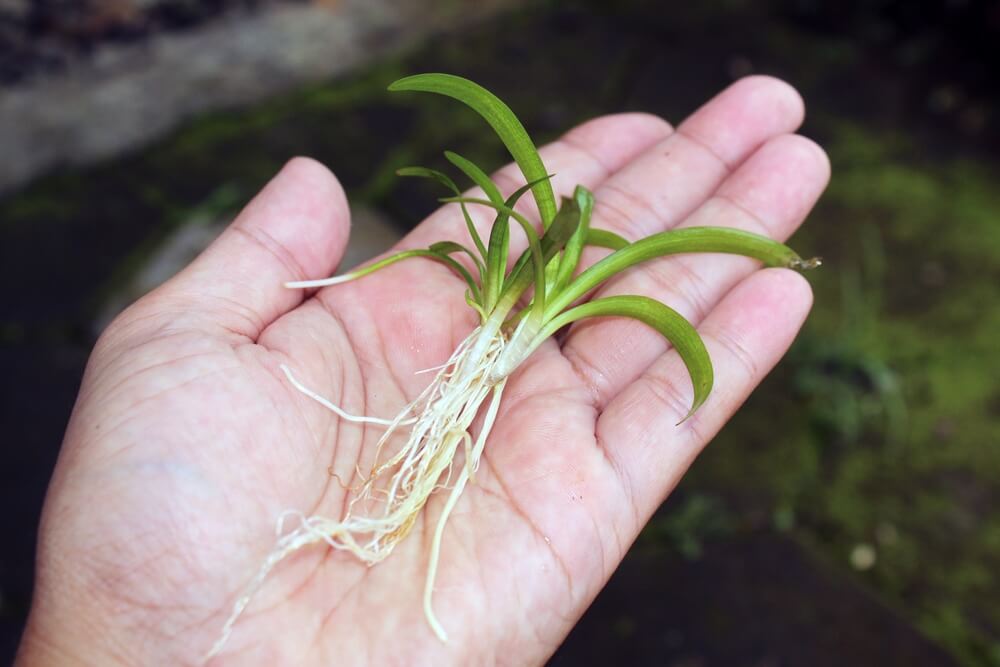Discover the mesmerizing features and care tips for Dwarf Sagittaria Subulata, a captivating aquatic plant for your aquarium.
Understanding Dwarf Sagittaria Subulata
Dwarf Sagittaria Subulata, also known as Subulata, is a popular aquatic plant that is commonly used in aquariums. It is native to North and South America and belongs to the Alismataceae family. This plant is characterized by its grass-like leaves that can grow up to 20 inches in height. The leaves are narrow and pointed, giving it a unique appearance.
One of the enchanting features of Dwarf Sagittaria Subulata is its ability to create a lush and natural look in an aquarium. It forms dense carpets of green foliage, making it a great choice for aquascaping. The plant also produces delicate white flowers that add a touch of elegance to the aquarium. Its vibrant green color and graceful growth pattern make it a visually appealing addition to any aquatic setup.
The Enchanting Features of Dwarf Sagittaria Subulata
Aside from its aesthetic appeal, Dwarf Sagittaria Subulata also offers several benefits to the aquarium ecosystem. It helps in maintaining water quality by absorbing excess nutrients and waste materials. The dense growth of the plant provides shelter and hiding spots for small fish and invertebrates, creating a natural and comfortable environment for them.
Another fascinating feature of Dwarf Sagittaria Subulata is its ability to propagate and spread quickly. It sends out runners, or horizontal stems, that produce new plantlets. This allows the plant to cover a larger area and create a carpet-like effect in the aquarium. It is a low-maintenance plant that can thrive in a wide range of water parameters, making it suitable for beginners and experienced aquarists alike.
Creating the Perfect Environment for Dwarf Sagittaria Subulata
To ensure the healthy growth of Dwarf Sagittaria Subulata, it is important to provide the ideal environment. This plant thrives in moderate to high lighting conditions, so it is recommended to use a full-spectrum aquarium light. Additionally, a nutrient-rich substrate is beneficial for its growth. You can use a combination of gravel and aquatic soil to provide the necessary nutrients.
Maintaining proper water parameters is also crucial for the well-being of Dwarf Sagittaria Subulata. It prefers slightly acidic to neutral pH levels, ranging from 6.5 to 7.5. The temperature should be kept between 72°F and 82°F (22°C and 28°C). Regular water changes and the use of a good quality aquarium fertilizer will help promote healthy growth and vibrant coloration.
Care Tips for Dwarf Sagittaria Subulata
Taking care of Dwarf Sagittaria Subulata is relatively easy, making it a suitable choice for beginners. It requires moderate to high lighting and regular fertilization to thrive. It is important to trim the plant regularly to prevent overgrowth and maintain its carpet-like appearance. Trimming can be done by cutting off the runners or excess growth with sharp scissors or aquascaping tools.
While Dwarf Sagittaria Subulata is a hardy plant, it is susceptible to certain plant diseases and algae growth. It is essential to maintain good water quality by monitoring ammonia, nitrite, and nitrate levels. Regular pruning of damaged or decaying leaves will help prevent the spread of diseases. Keeping the aquarium clean and well-maintained will also minimize the risk of algae growth.
Incorporating Dwarf Sagittaria Subulata into Your Aquascape
Dwarf Sagittaria Subulata can be used in various aquascaping styles, including nature aquariums, Dutch-style aquascapes, and biotope setups. It can be planted in the foreground or midground to create a stunning carpet effect. The plant looks best when planted in groups or clusters, allowing it to form a dense and lush carpet.
When incorporating Dwarf Sagittaria Subulata into your aquascape, it is important to consider its growth pattern. The runners can spread quickly and cover a large area, so leaving enough space for other plants is essential. It can be combined with other aquatic plants, such as Anubias, Java Fern, or Cryptocoryne, to create a visually appealing and balanced aquascape.




.jpg?width=352&name=Monte%20Carlo%20-%20Aquarium%20Carpet%20Plant%20(1).jpg)

Leave a Comment